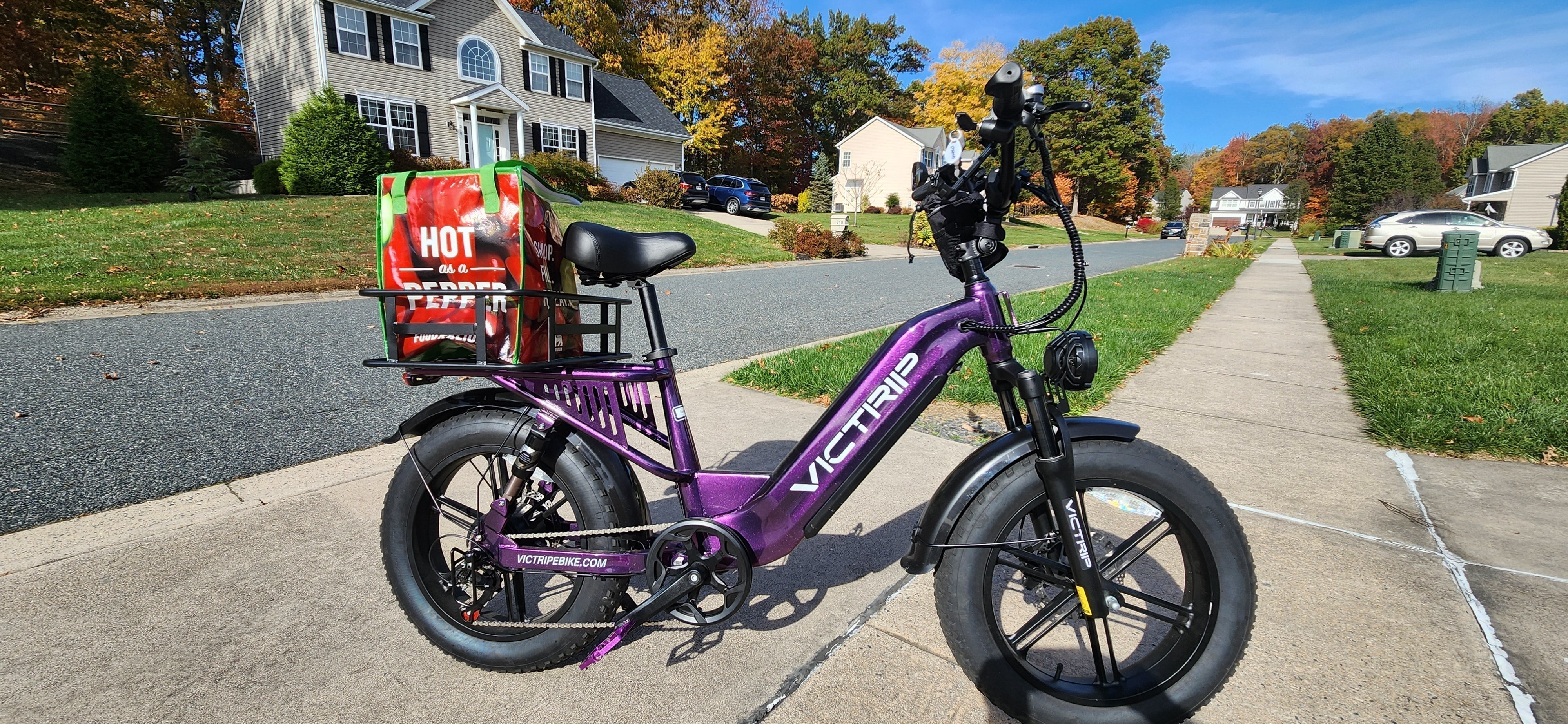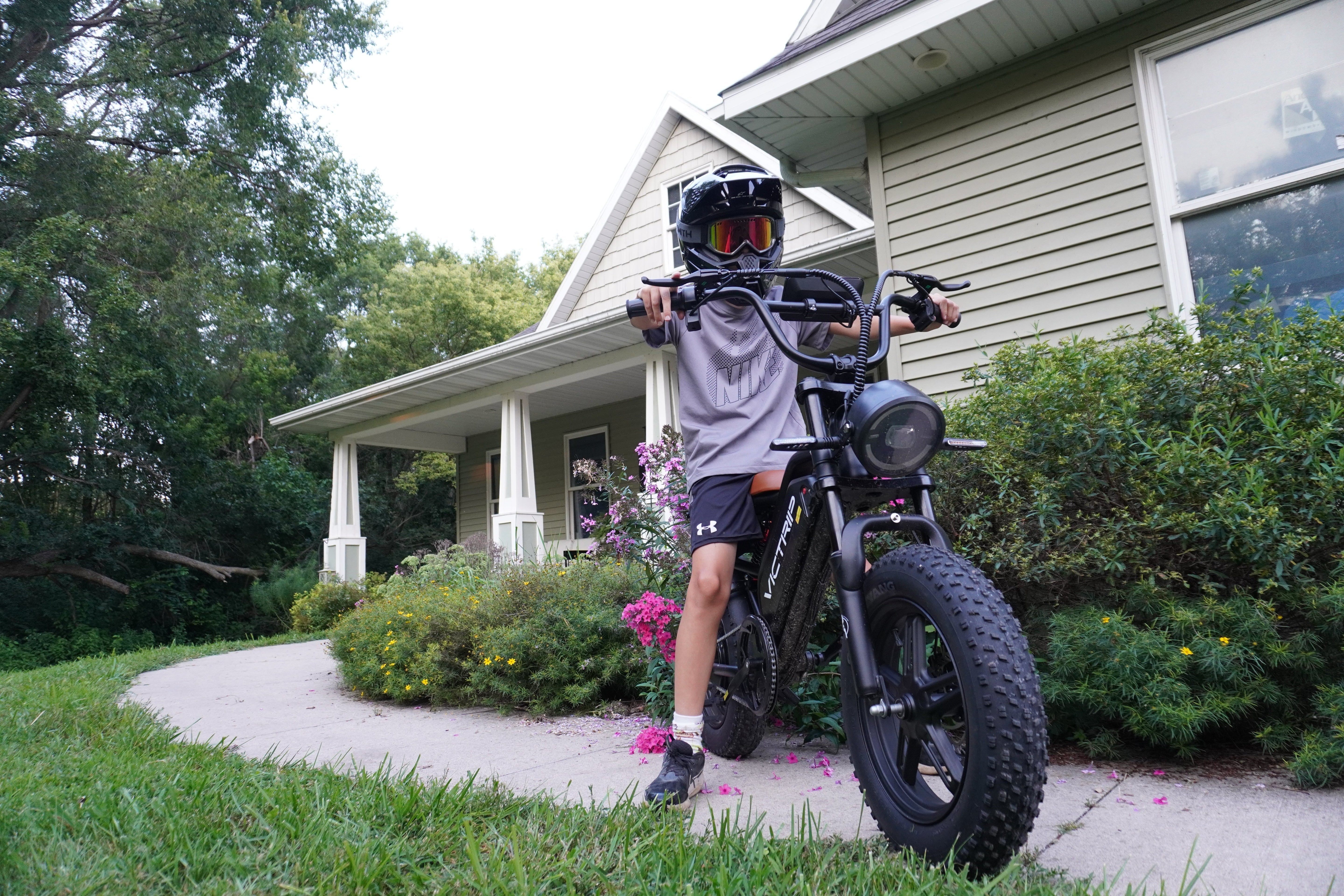
Electric bikes (eBikes) have transformed modern transportation—offering speed, convenience, and an eco-friendly edge. But one feature truly elevates the ride: Pedal Assist System (PAS).
So, what is pedal assist and how does it work? Simply put, PAS automatically powers the motor as you pedal, giving you a boost without relying solely on a throttle. It blends human effort with electric power for a smooth, controlled, and energy-efficient ride.
Whether you're commuting or climbing steep trails, PAS adapts to your pedaling behavior, making cycling less strenuous and more enjoyable. In this guide, we’ll walk you through everything you need to know about PAS—from mechanics to benefits and beyond.
How Pedal Assist Differs from Throttle Mode
Unlike throttle mode, where the motor engages at the push of a button or twist of a grip, pedal assist requires actual pedaling. Here's a quick comparison:
| Feature | Pedal Assist (PAS) | Throttle Mode |
|---|---|---|
| Requires Pedaling | ✅ Yes | ❌ No |
| Motor Engagement | Based on sensor feedback | Activated by throttle |
| Energy Efficiency | Higher | Moderate to Low |
| Riding Control | More natural and progressive | Sudden acceleration |
PAS offers greater efficiency and aligns with legal regulations in many regions, making it a preferred option for city riders and eMTB enthusiasts.
Components of a Pedal Assist System
To understand how PAS works, you need to grasp its core components.
Cadence Sensors
These detect whether you’re pedaling and, in some cases, how fast. When rotation is sensed, the motor kicks in.
Torque Sensors
More advanced than cadence sensors, torque sensors measure how hard you’re pedaling, offering power proportional to your effort.
Motor Controller
This is the brain of the system. It processes input from sensors and adjusts motor power in real-time.
Display and Control Unit
Your dashboard. It allows you to switch between PAS levels, monitor speed, battery status, and more.
How Pedal Assist Works Step-by-Step
-
You begin pedaling.
-
The cadence or torque sensor detects movement or force.
-
Sensor data is sent to the motor controller.
-
The controller activates the motor based on PAS level selected.
-
You feel a smooth power boost, assisting your pedaling.
-
Once you stop pedaling, the motor disengages.
It’s seamless, smart, and intuitive.
Types of Pedal Assist Systems
Basic PAS (Cadence-Based)
Offers consistent support regardless of how hard you pedal. Ideal for casual riders and flat terrains.
Advanced PAS (Torque-Based)
Provides dynamic support, mirroring your effort. Suited for hilly areas and experienced cyclists who want natural feedback.
Benefits of Using Pedal Assist
-
Reduces physical strain, especially on inclines
-
Extends ride distances without fatigue
-
Improves battery efficiency
-
Offers smoother control compared to throttle
-
Enhances safety through progressive acceleration
-
Supports eco-friendly commuting
Drawbacks and Limitations
-
Initial cost is higher for torque sensor-equipped eBikes
-
May take time to adjust to PAS levels
-
Requires pedaling to activate, unlike throttle
-
Sensor calibration may be needed periodically
Legal Considerations Around PAS
Many countries and states classify eBikes based on their motor and PAS system. For example:
-
US Class 1 eBikes use PAS only and top at 20 mph.
-
Class 3 may allow higher speeds but are PAS-only as well.
Always check local laws before riding. A helpful reference: People for Bikes eBike Laws
Read More: Foldable Electric Bike Laws and Regulations by State (USA).
PAS Levels Explained: What Each Level Does
| PAS Level | Power Assist | Best Use |
|---|---|---|
| 0 | No assist | Fitness or battery saving |
| 1-2 | Low assist | Flat roads, casual rides |
| 3-4 | Moderate | Mixed terrains, daily commuting |
| 5+ | High assist | Hills, speed, or heavy loads |
Higher levels drain battery faster but make uphill and longer rides more manageable.
How to Choose the Right PAS Level for Your Ride
-
City commuting? Stick to levels 2–3.
-
Hilly terrain? Use levels 4–5.
-
Saving battery? Level 1 or no assist.
-
Fitness training? Mix low PAS with manual pedaling.
Experiment with levels to find your sweet spot.
Pedal Assist and Battery Efficiency
Using PAS wisely extends battery life. Avoid max levels unless needed. Torque-sensing PAS tends to be more efficient since it scales with your input, unlike full-throttle drains.
PAS Maintenance and Troubleshooting Tips
-
Check sensor alignment regularly.
-
Keep connectors dry and clean.
-
Update firmware if applicable.
-
If PAS feels laggy, inspect the magnet ring or torque sensor for debris or misalignment.
Popular eBike Brands with Excellent PAS Technology
-
VICTRIP – Offers smart torque-based PAS in urban and trail models
-
Specialized – Known for intuitive pedal assist feedback
-
Trek – Great commuter eBikes with responsive PAS
-
Giant – Reliable motors with precision torque sensors
Real-World Use Cases: Commuting, Fitness, and Adventure
-
Commuters love PAS for cutting time and sweat out of daily travel.
-
Fitness riders use low PAS for cardio without burnout.
-
Adventurers take on hills and trails with torque-sensing PAS boosting their endurance.
Future of Pedal Assist: Trends and Innovations
Emerging trends include:
-
AI-driven PAS tuning for adaptive support
-
Regenerative braking tied to PAS for battery recovery
-
Bluetooth PAS calibration apps
As tech evolves, PAS will become even more precise and rider-friendly.
Conclusion: Should You Get an eBike with PAS?
If you're seeking an easier, longer, and more enjoyable ride—the answer is yes. Pedal Assist Systems not only reduce effort but also enhance the biking experience in ways that traditional bikes or throttle-only eBikes cannot. They represent the perfect fusion of human power and electric intelligence, giving every rider—whether novice or pro—a performance edge.
FAQs
Can I use PAS without pedaling at all?
No. PAS requires pedaling to activate the motor. For non-pedaling, use throttle mode if available.
Does PAS drain the battery faster than manual pedaling?
Yes, but far less than throttle. Lower PAS levels conserve battery better.
Which is better: cadence or torque PAS?
Torque PAS offers a smoother, more natural ride but costs more. Cadence PAS is simpler and budget-friendly.
What happens if PAS malfunctions?
The bike reverts to manual mode, or you may rely on throttle (if available). Get it checked immediately.
Is PAS available on all electric bikes?
Nearly all modern eBikes include some form of PAS. Just verify if it’s cadence or torque based.




Share:
Understanding Wattage: 250W vs 500W vs 750W EBikes
EBike Laws in Europe vs America: A Comparison